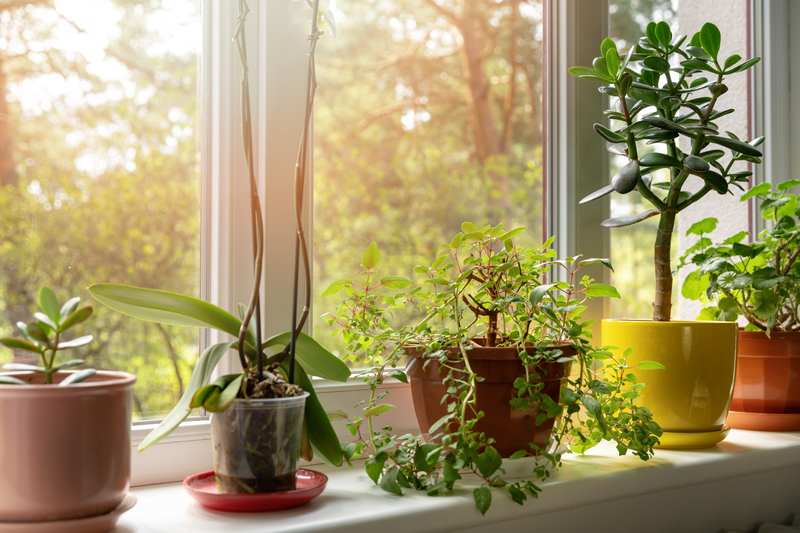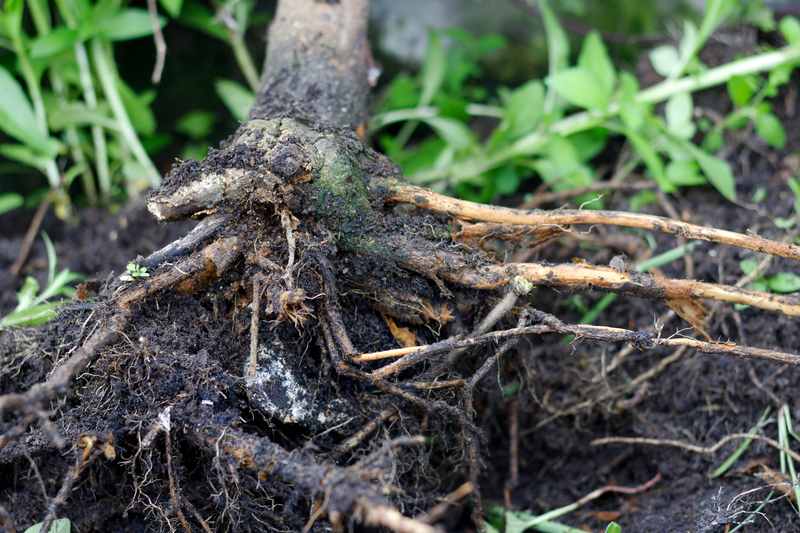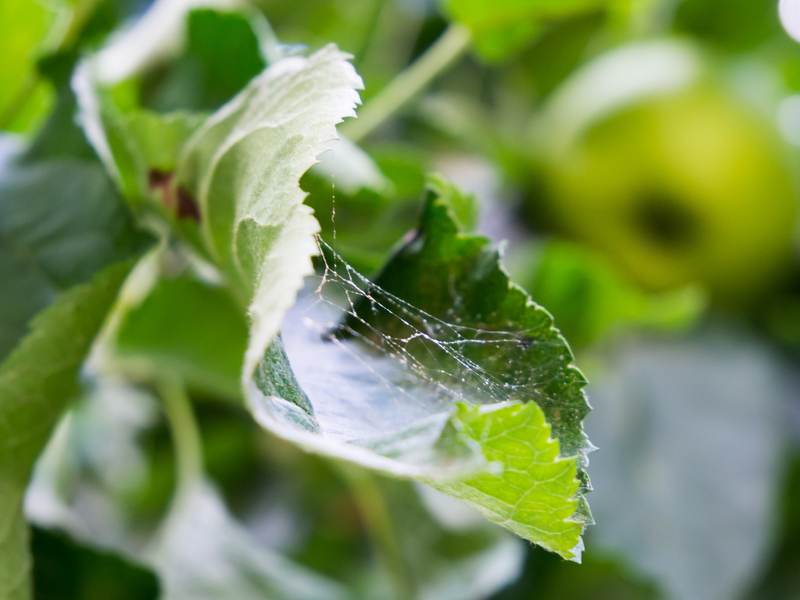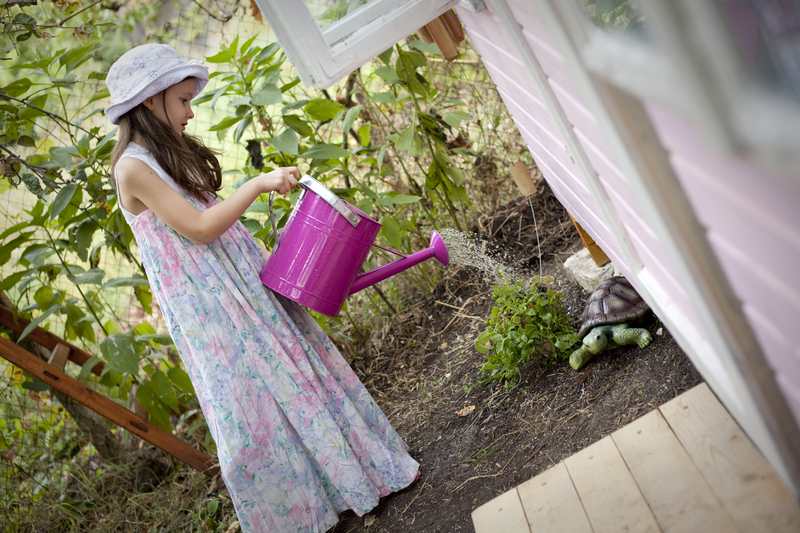
Juniper plant is a famous plant known to fill the air with purity and freshness, and it can be quickly grown as a shrub in many areas. This plant is easily adaptable to various conditions of the environment. However, any extreme environmental condition can be harmful to this plant.
Many people love to grow this plant, and it is important that as long as you manage the temperature of this plant’s surrounding area, you should find no difficulty growing this plant.
This plant can be kept indoors as long as it gets sufficient sunlight, but if you live in a relatively colder area, it could be kept outside in direct sunlight to manage the cold temperature.
Some gardeners and plant enthusiasts have recently started complaining about their juniper plants turning brown.
If you have a juniper plant and face this same issue when trying to grow your juniper plant, there can be many reasons; here are some reasons to help you understand why your juniper plant is turning brown.
Why is My Juniper Turning Brown?
- Temperature Issues
Juniper plants are known to be strong and resilient, but at the same time, they are not long-lasting in severe weather conditions for long periods. If the extreme weather conditions are normal in your, this could be why you could be facing your juniper plants turning brown.
What you can do to prevent this from happening is to move your juniper plants into a shaded area of your house if you feel that the extreme heat is affecting your juniper plants.
In keeping a juniper plant in colder areas, you can try to move the plant indoors but make sure you keep it near a window that can provide the plant with sunlight. This can help your juniper plant stay protective from the sun and allow it to grow into a healthy juniper plant.
Usually, extreme weather conditions are the root cause of destroying your juniper plant, and as long as you take care of this plant accordingly, you shouldn’t face any problems.
If you feel that your juniper plant has gotten severely brown over time, there are ways you can help regain its health and color.
You can try to remove any rotten branches from the plant. Usually, these can also cause hindrance in the growth of your juniper plants. You can ask a professional gardener to do this or if you have gardening tools at hand, use a sharp garden tool to remove any rotten branches.
You can easily manage the browning issue of your juniper plant without causing more damage to it.
- Root Rot and Humidity
One more reason your juniper plant turns brown is because of any increase in humidity or rotting roots. In winters, the humidity levels tend to rise, releasing extra moisture that can damage the plant and cause fungal growth.
If you want to eradicate this issue, try to water your juniper plant less and move it to a more dry location.
Humidity is not recommended for this plant, and it can slowly kill your juniper plant. You need to tackle this problem beforehand. Else, you will notice that your plant is dying within a couple of weeks.
If you have a dehumidifier in your home, you can try to bring your plant closer to it; this can help the humidity problem for your juniper plant.
You can notice a significant difference in the growth of your juniper plant once you have managed to tackle the problem of humidity. These plants are known to grow more healthy in a balanced humidity environment.
Apart from humidity, a rotting root can also cause your juniper plant to turn brown. Usually, a rotten root occurs if the soil mixture is not drained well, and when you keep adding more water, the excess water keeps getting collected at the bottom of the plant’s pot.
When the water finds no place to go, the excess water then starts filling up the pores present inside the soil; due to this, the roots of your plant do not get access to oxygen, and then the roots begin to rot, and it directly impacts the healthy growth of your juniper plant.
- Fungus and Mites
Many pests such as spider mites can make your juniper plant turn brown over time. These pests tend to feed off the leaves and can gradually kill the plant if they are not treated promptly.
How can you tell if your juniper plant has these mites? You can use a colored sheet of paper or colored cloth and place it under the plant and gently shake the leaves; if you notice small dots on the paper sheet, it indicates that these mites infest your juniper plant, and you should treat this before your plant slowly dies.
If you don’t find any white-colored dots on the sheet of paper, it could also be a fungus that is causing your juniper plant to turn brown.
You need to ensure that you have removed all the leaves that have been infected with a sharp gardening tool and use an anti-fungal spray to make sure this problem doesn’t arise again in the future.
You will notice an improvement in your plant over a few weeks if you have managed to control the pests and fungus.
Once you have managed to remove all the infected parts of the plant, ensure that you keep your plant in a place that has access to sufficient sunlight for the plant to regain its health and growth. The surrounding area of the plant must be dry and stable.
After you have made sure that you have provided your plant with the necessary environment to regain its health, you can see a visible difference in the growth of your juniper plant. You can go to any local gardening store to find a pest spray for the mites making your plant turn brown.
One another important thing to keep in mind is that you know the correct dosage of the pest spray for the mites; any access spraying can also cause your juniper plant to die.
- The Kabatina Tip Disease
If you notice that your juniper plant tends to turn brown during winters, it could be most likely because of Kabatina tip blight disease or winter desiccation.
This mainly occurs in the winter because of the winds; the juniper plants that get affected by desiccation are unable to absorb the right amount of water that gradually turns the juniper plant brown.
- Bagworms
Larvae or bagworms are famous for feeding on the foliage of juniper plants and trees, and they are most likely to infest your juniper during the summers.
To ensure that your plant remains protected from bagworms, you should keep your plant healthy and balance its water and sunlight intake; a healthy juniper is less likely to be affected by bagworms.
You can also check the inner branches of your juniper plant and make sure that they are well-ventilated and have enough breathing space; this allows all the leaves and branches to grow healthy equally.
You can also regularly clean the debris of the plant and get rid of any spoiled soil or harmful stuff that can attract bagworms.
You can also get rid of these bagworms by sprinkling soapy water on your juniper plant; this works as a pesticide and can also help you prevent any bagworms from infesting your juniper plants.
- Transplant Shock
Sometimes, plants can go into shock as they adjust to a new environment after shifting. This can cause the juniper plant to turn brown, and the root ball goes dry when shifting the plant.
It may look like your juniper plant is dying, but you can nurse it back to health after its transplant shock; all you need to do is, give the plant 1-inch of water every week and see it grow back into a healthy plant.






